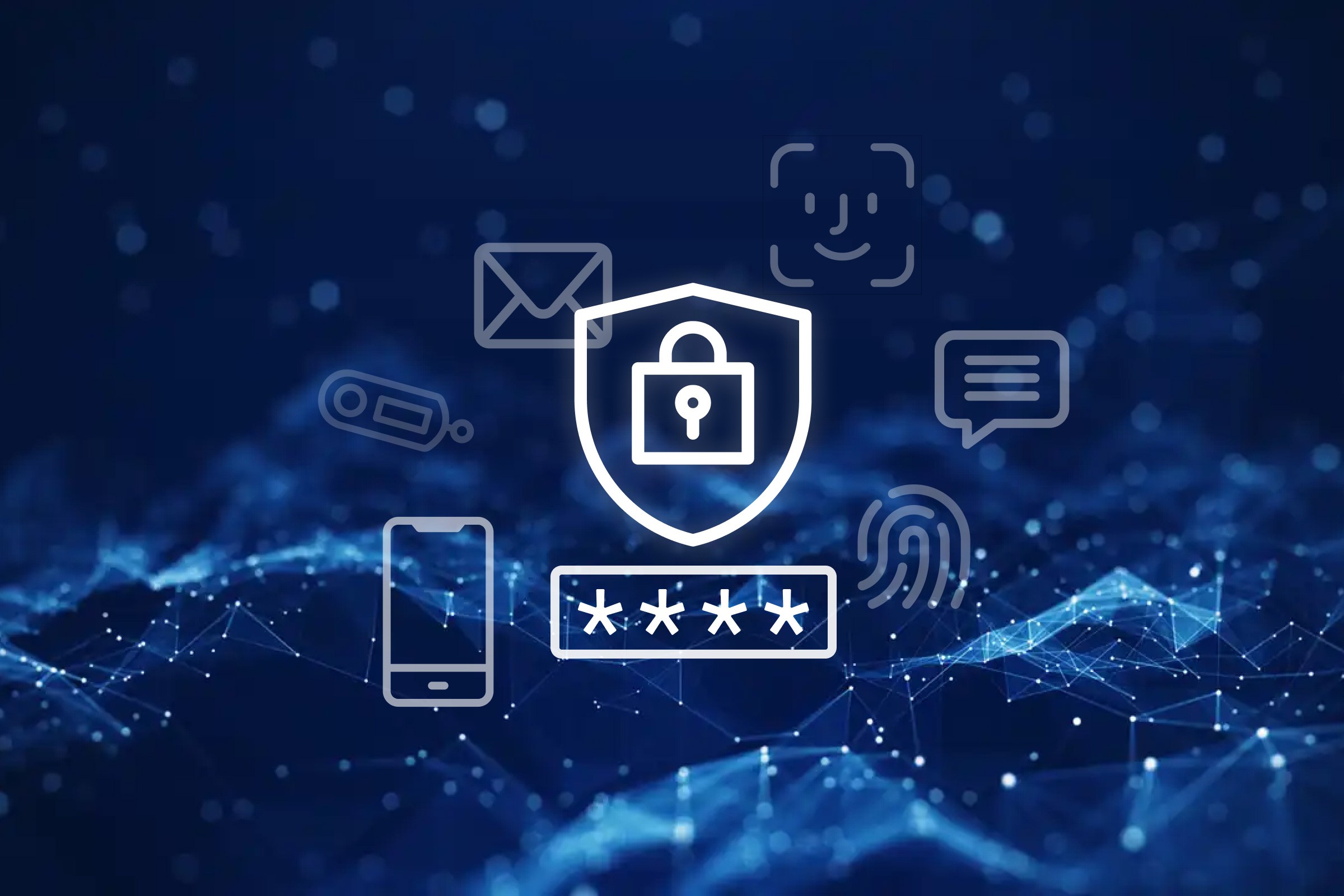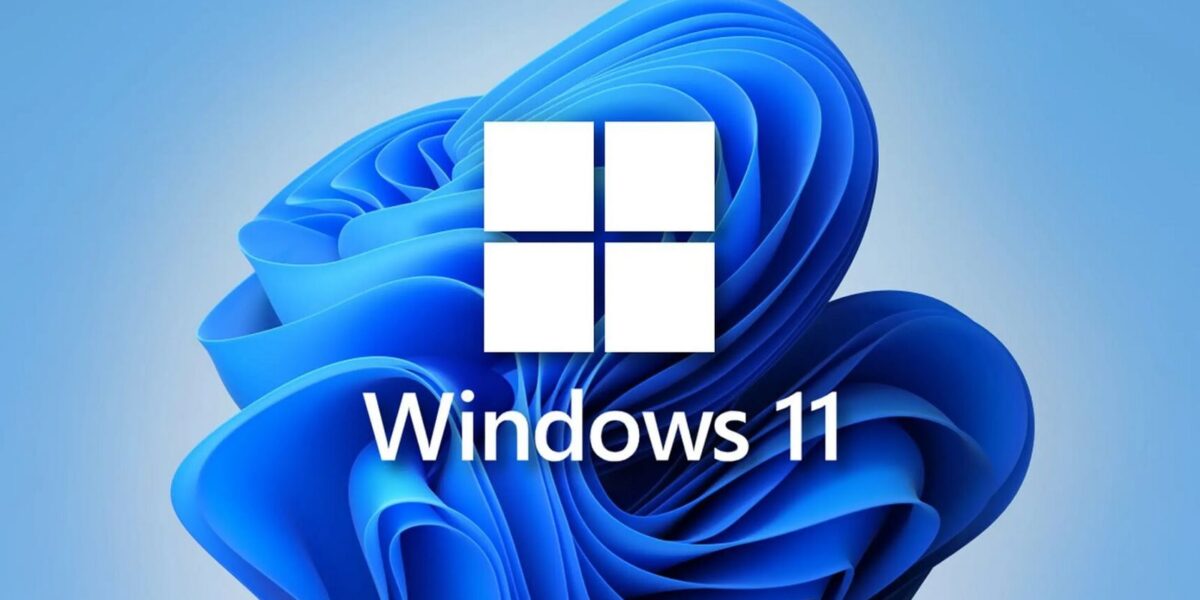In today’s digital world, securing an account from unauthorized access is more important than ever before. Every day, cybercriminals are learning new ways to steal passwords from users, resulting in traditional login methods becoming less and less reliable. As reported by CBS News, a data breach this year leaked approximately 16 billion account credentials for Google, Apple, Facebook, and other platforms (16 billion login credentials from Googe and other sites leaked online, report says). This proves that putting your trust in these tech giants to secure your accounts is no longer viable. Multi-Factor Authentication is the solution to this dilemma.
What is Multi-Factor Authentication (MFA)?
Multi-Factor Authentication (MFA), sometimes also referred to as “Two-Step Verification”, is a security method that prompts users to undergo an “extra step” to verify their identity. The purpose of MFA is to add an additional layer of security to an account, increasing the difficulty of threat actors in accessing a particular account. As cited by Microsoft, MFA is responsible for blocking 99.9% of attempted account intrusion attempts.
Key Benefits of MFA
Heightened Security
Due to increased risk of unauthorized personnel compromising an account, passwords are no longer secure as the only “line of defense” for user data. MFA enhances account security by enforcing an extra step in authentication, greatly lessening the chances of a breach & practically nullifying the success rate of brute force attacks.
Protecting Sensitive Data
User accounts contain a plethora of sensitive data pertaining to personal and company information. A single compromised account opens the flood gates into accessing vital data, such as email accounts, client documents, financial records, etc. The usage of MFA reduces such risks so one bad password doesn’t leak the sensitive information of an entire business.
Security Compliance
Majority of industries today adhere to privacy best practices to ensure their organization meets security compliance. Enforcing MFA methods on all affiliated accounts helps these companies align to those standards, and can even provide a boost of confidence in their userbase.
Types of MFA
Multi-Factor Authentication (MFA) is an umbrella term for the numerous methods that businesses utilize for their employee/user accounts. Let’s examine the three main types of authentication and explain why they are effective:
Something You Know
This type of authentication is known by everyone: the password. For every user account, there is always a coinciding password. Due to present-day threats of scripts “brute forcing” passwords, it’s highly recommended to enforce a 3-6 word password that contains the following: capital letters, lowercase letters, numbers, & special characters (i.e. &, #).
Unfortunately, even a strong password can be breached. Hence why the next two methods are now in play.
Something You Have
When most people hear MFA/2FA, this method is likely what is springing to mind. After the user enters their password, they are likely prompted with one of these options:
- One-Time Passcode via email and/or text
- Approving a request via mobile app (i.e. Microsoft Authenticator)
- Entering a PIN number for a hardware security key (i.e. YubiKey)
By implementing one (or multiple) of these various methods, you significantly reduce the possibility of unauthorized access, for the cybercriminal would now need access to a separate resource (or even the device itself).
Something You Are
As technology continuously advances, it opens new opportunities for user verification. Biometrics, previously thought to only be used by government agencies, is now configured in most laptops & phones. Facial recognition, fingerprint scanning, and even voice patterns are all viable biometrics that match the requirement(s) for MFA.
This method of MFA is undoubtably one of the secure methods in account verification, as this physically requires the real user to be present for successful authentication.
How Ferrara IT Enforces Multi-Factor Authentication
Here at Ferrara IT, we implement various MFA methods for our clientele and our own associates, including the following:
- Linking Microsoft Authenticator (on a mobile device) with the user account
- One-Time Passcode via text message
- Call verification w/ Dial keypad input
- Fingerprint scan with YubiKeys (USB device)
Through this, we help our clients become more equipped against intrusion attempts. If you want to learn more about how we can help, contact us today!




